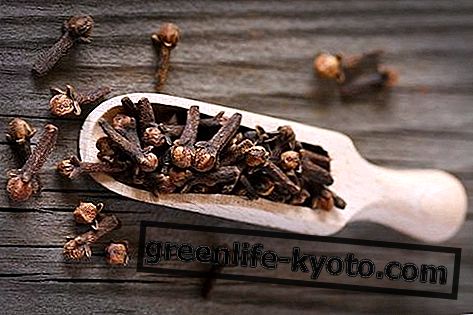
The best lactic ferments for the human organism are natural supplements containing live bacteria, whose job is to increase the number of good microorganisms, commonly called probiotics .
To fully carry out their task it is necessary that the micro-organisms, besides being alive, be biochemically active; resistant to the action of gastric acid and adhering to the intestinal epithelium; and capable of producing antibacterial substances (lactic acid) and antibiotics (acidophilin).
In fact, when psycho-physical stress, lowered immune defenses, eating disorders and drug intake alter the balance between good and harmful bacteria that coexist in the microflora, we become more vulnerable to attack by pathogens responsible for vaginal infections, allergies, problems digestive, fatigue and autoimmune diseases.
Probiotics: between past and present
The first to use the term probiotic (from the Greek "in favor of life") was the English researcher Roy Fuller (Probiotics in man and animals, 1989) who called "probiotic a living micro-organism that has a positive effect on the health of the host, with the result of strengthening the intestinal ecosystem ".
However, those who initiated the interest in these microorganisms and began the first research on probiotics were the Russian biologist Élie Metchnikoff who in 1882 conducted studies on fermented milk, highlighting its beneficial action on the bacterial flora of the intestine.
In particular, the scientist observed the unusual longevity of Bulgarian peasants, who used to consume sour milk. Metchinkoff related the presence of Lactobacillus Bulgaricus in sour milk , with the annihilation of harmful bacteria, responsible for numerous diseases.
Today in phytotherapy, the use of dietary supplements that bring the benefits of lactic ferments is the most common practice, when we are faced with various types of disorders such as infections of the female urogenital tract, relapses, after antibiotic treatments, to regularize the functionality of the gastrointestinal system in case of diarrhea or constipation.
Also find out when to take live milk enzymes
The best lactic ferments
Probiotics, as living and vital microorganisms, perform many beneficial functions in the body and each strain has specialized in the course of evolution in different activities. In general, the Bifidobacteria and Lactobacilli strains are the best lactic acid bacteria for the important functions they perform in the human body.
These precious "micro-allies" regulate intestinal motility, produce lactic acid, making the environment acid and thus ensuring the integrity of the tissues of the entire gastrointestinal tract. Let's see some of the most important and most common on the market.
- Lactobacillus Acidophilus : restores the imbalance of intestinal flora (dysbiosis), improves digestion, promotes the assimilation of nutrients from food, counteracts the formation of bloating and meteorism. Its presence is fundamental in the digestion of milk and dairy products, in the control of cholesterol and for the assimilation of the B group vitamins.
- Lactobacillus Bulgaricus : together with Acidophilus it is useful in case of vaginitis, cystitis, candida, acne and skin infections and skin disorders. This strain produces a natural antibiotic that can inhibit a wide range of pathogenic bacteria.
- Lactobacillus Rhamnosus: has the ability to produce lactic acid in the intestine, making it suitable for the lactobacilli strain, but inhospitable for pathogenic bacteria. Indicated a case of acute enterocolitis and in case of atopic dermatitis.
- Bifidobacterium Bifidum: it is found in the large intestine and in the colon, especially in breast-fed children. Promotes the absorption of B vitamins and calcium and is an important adjunct to autoimmune diseases.
- Lactobacillus casei : it has an antibiotic action therefore it is particularly useful during and after antibiotic therapies and in the treatment of diarrhea, against constipation, meteorism and swelling.













